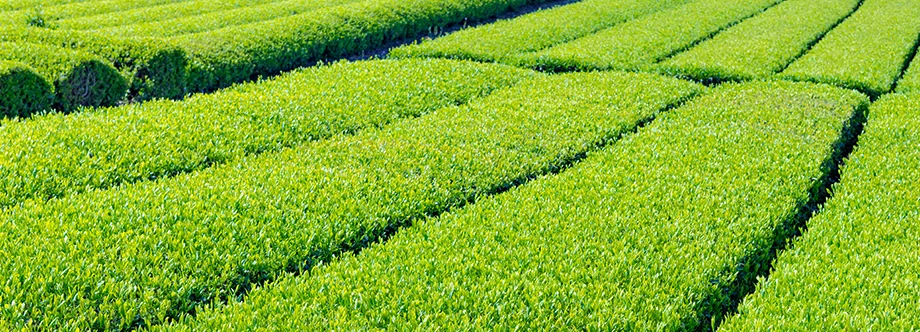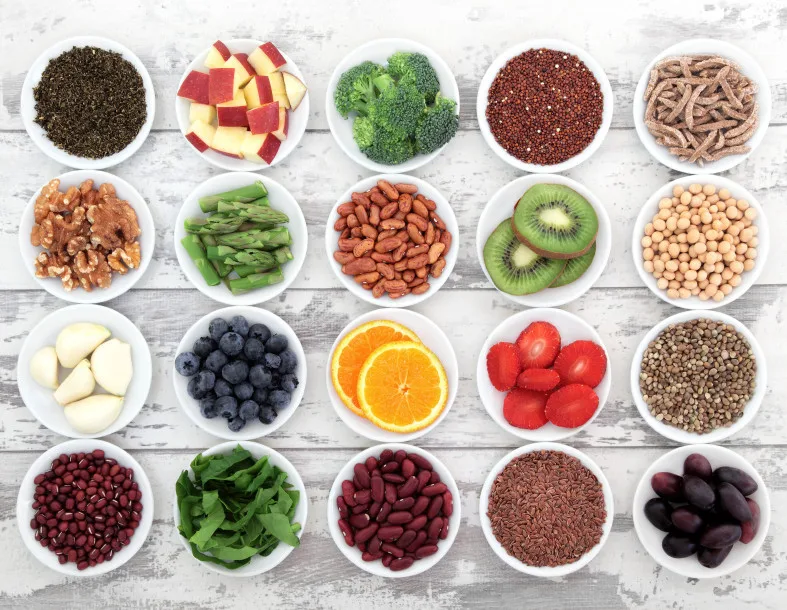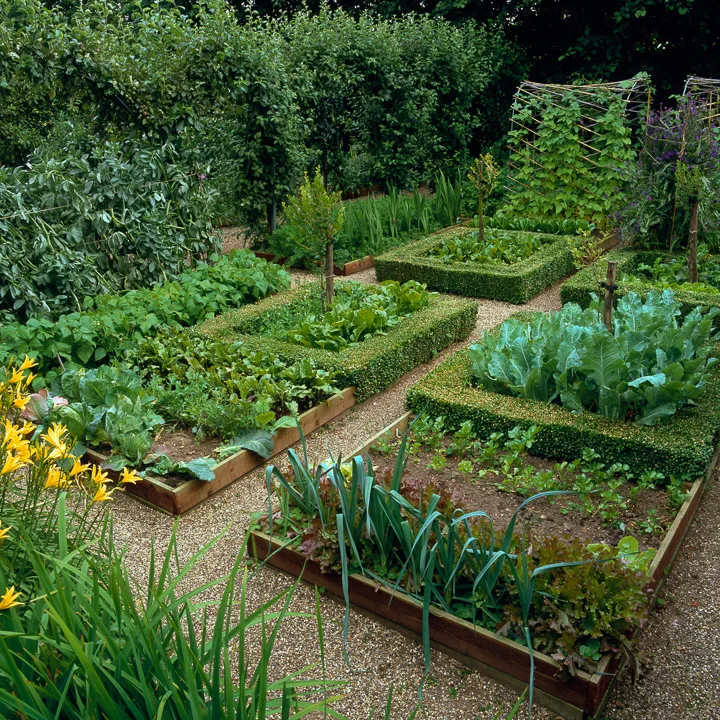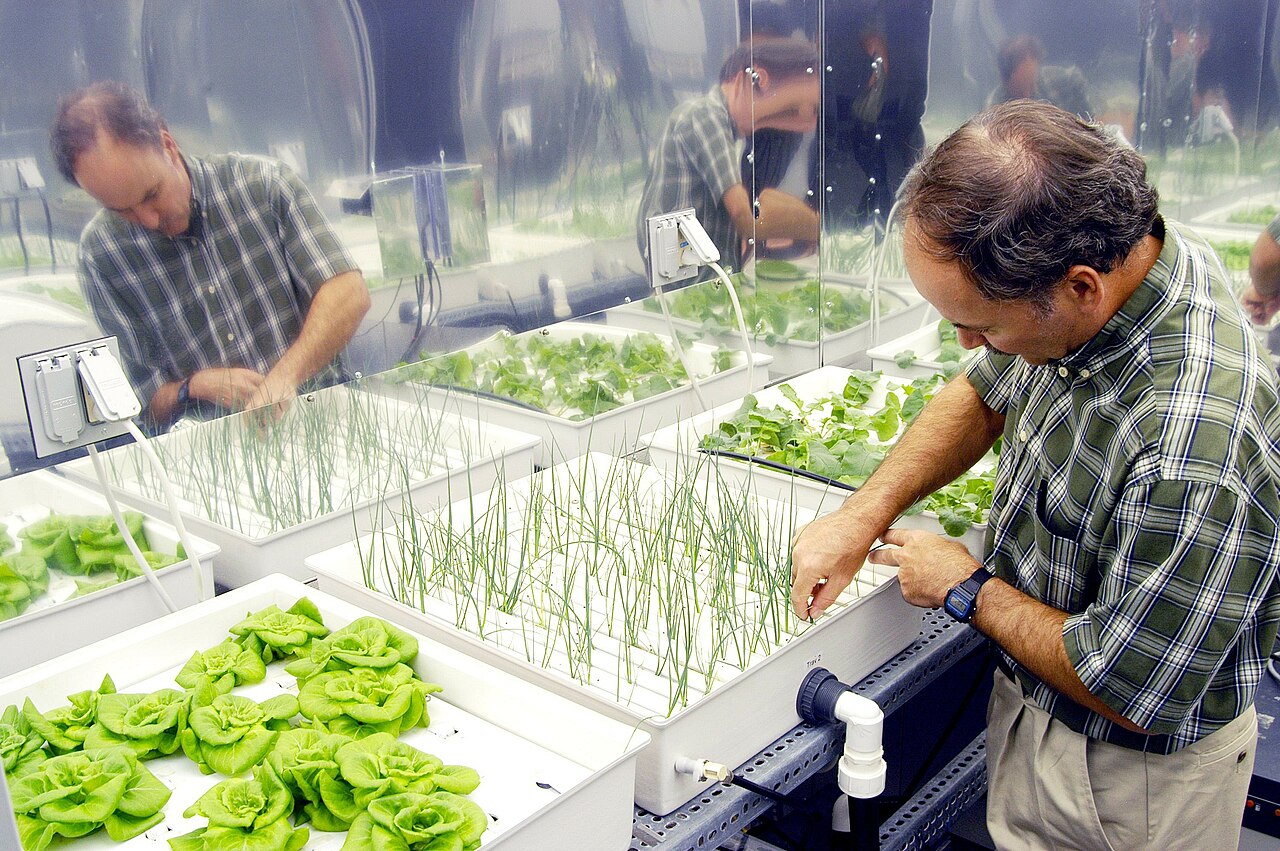Introduction
Tea, a beverage enjoyed by millions worldwide, traces its origins back thousands of years, with its cultivation dating back to ancient China. Today, tea remains a staple in various cultures, prized for its flavor, aroma, and numerous health benefits. In this comprehensive guide, we delve into the intricacies of commercial tea cultivation, from seed to cup, exploring different types, cultivation methods, and the benefits of tea cultivation compared to other commercial crops.
Origin of Tea
Tea cultivation originated in China around 2737 BCE, attributed to Emperor Shen Nong. Over time, tea cultivation spread to various parts of the world, including India, Japan, Sri Lanka, and Africa. According to legend, the emperor discovered tea when tea leaves blew into a pot of boiling water he was preparing, resulting in a flavorful and invigorating beverage. Over time, tea cultivation and consumption became deeply embedded in Chinese culture, evolving from a medicinal tonic to a revered social and cultural practice. From China, tea spread to other parts of Asia and eventually around the world, becoming one of the most widely consumed beverages globally.
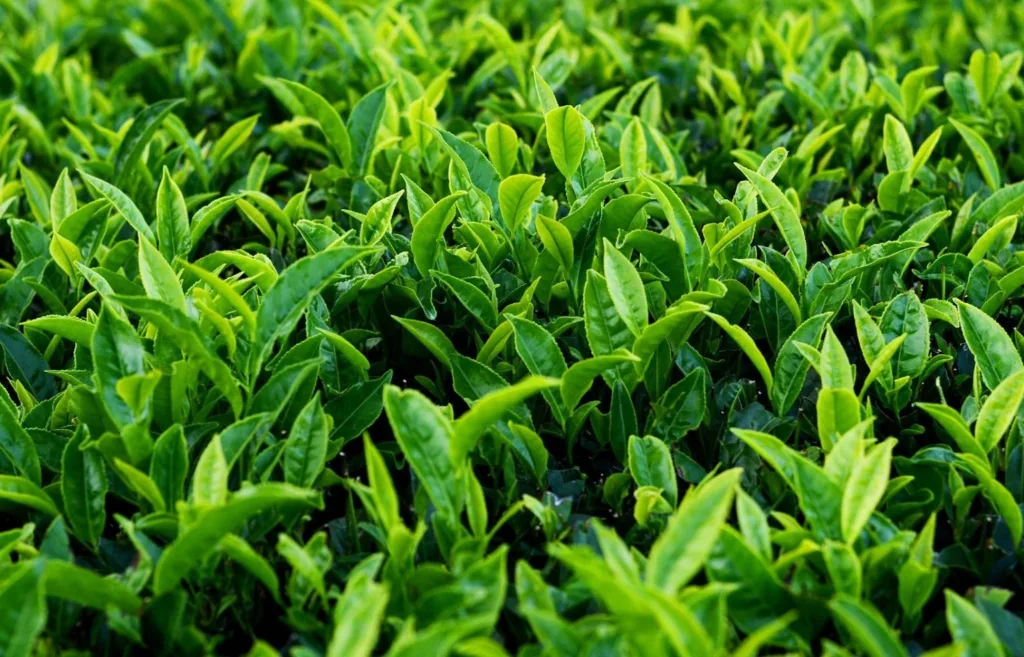
Cultivation Process
Commercial tea cultivation begins with the careful selection of seeds or clones from high-quality tea plants. The ideal soil for tea cultivation is well-drained, acidic, and rich in organic matter. Planting typically occurs in spring or autumn, with seedlings requiring adequate sunlight, water, and nutrients for healthy growth. Pruning, weeding, and pest management are essential tasks throughout the cultivation process to ensure optimal yield and quality.
The optimal temperature for economically cultivating tea typically exceeds an annual average of 13℃. In terms of tea’s water requirements, regions suitable for tea cultivation necessitate an annual rainfall exceeding 1000 mm. Tea plants exhibit sensitivity to soil pH levels, with an ideal range of 4.0 to 6.5 for optimal growth and development.
Harvesting and Processing
Tea plants typically reach maturity within three to five years after planting, although this can vary depending on factors such as climate, soil conditions, and cultivar. The harvesting time for tea leaves varies depending on the desired type of tea and the specific characteristics desired by the producer. Generally, the youngest and most tender leaves and buds are harvested for the highest quality tea. In many regions, tea harvesting occurs several times throughout the growing season, with the first flush usually yielding the most prized and delicate flavors, followed by second and sometimes third flushes. Harvesting times can range from as early as late winter to as late as autumn, depending on the specific tea-growing region and climate.
Tea leaves undergo meticulous harvesting and processing to preserve their flavor and aroma. Depending on the type of tea, harvesting may involve plucking the youngest leaves and buds by hand or machine. The processing methods vary: for green tea, leaves undergo minimal oxidation through steaming or pan-firing, while black tea leaves are fully oxidized before drying. Oolong and white teas undergo intermediate levels of oxidation, resulting in unique flavor profiles.
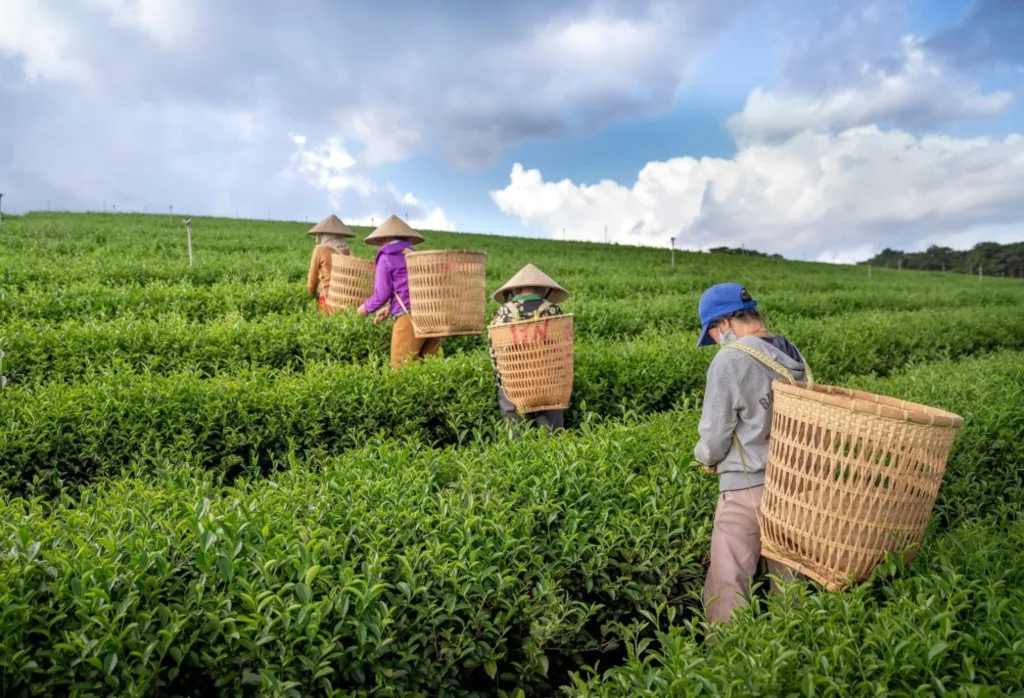
Classification of Tea
Numerous methods exist for classifying tea leaves, known as cultivars. However, the most recognized and broadly acknowledged classification is based on the color and processing method of the tea. These classifications include green tea, yellow tea, white tea, oolong tea, black tea (also known as red tea in some regions), and fermented tea.
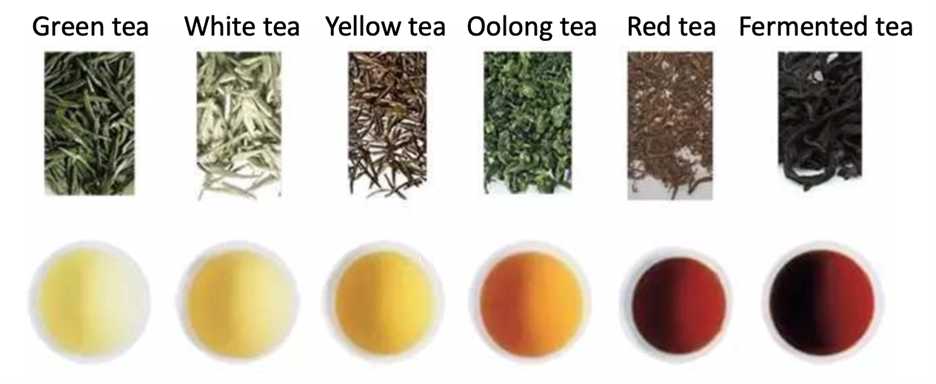
1.Green tea
Not subjected to fermentation. Its finished appearance, brewed infusion, and leaf color exhibit a green hue. Notable varieties of green tea include Longjing, Biluochun, Mao Jian, and Liu An Gua Pian.
2.Yellow tea
Undergoes slight fermentation. A specialty of China, yellow tea is categorized into yellow bud tea, small yellow tea, and large yellow tea based on the size of fresh leaves. Representative varieties of yellow tea include Junshan silver needle, Huoshan yellow bud, Yuan’an yellow tea, and Ya’an yellow tea.
3.White tea
Experiences minimal fermentation. Named for its buds covered in white hairs, resembling silver and snow. Prominent varieties of white tea include silver hairs, white peony, and Shoumei white tea.
4.Oolong tea
Falls within the semi-fermented tea category, showcasing distinct Chinese characteristics among major tea types. Noteworthy varieties of oolong tea include Tie Guanyin, Da Hong Pao, and frozen top oolong.
5.Black tea
Black tea, also known as red tea: Fully undergoes fermentation. Its name derives from the characteristic red color of the dried tea, the brewed infusion, and the leaf base. Black tea undergoes a chemical transformation primarily through enzymatic oxidation of tea polyphenols during processing. This process results in a reduction of tea polyphenols by over 90% and the formation of new components.
Benefits of Tea Cultivation
Tea cultivation offers numerous benefits, both to farmers and consumers, making it a valuable agricultural endeavor. Firstly, tea plants have a relatively long lifespan, often producing harvestable leaves for more than ten decades with proper care and maintenance. This longevity provides farmers with a stable and consistent source of income over an extended period, reducing the need for frequent replanting compared to many other crops.
Additionally, tea cultivation promotes environmental sustainability and biodiversity. Tea gardens often serve as habitats for various plant and animal species, contributing to overall ecosystem health. Furthermore, tea cultivation typically employs sustainable farming practices, such as organic cultivation methods and natural pest management techniques, which help preserve soil fertility and reduce the reliance on chemical inputs.
From a consumer perspective, tea offers a multitude of health benefits. Rich in antioxidants and other beneficial compounds, tea consumption has been linked to improved heart health, enhanced immune function, and even potential cancer prevention. Different types of tea, such as green, black, white, and oolong, offer unique flavor profiles and health properties, catering to diverse consumer preferences and dietary needs.
The Bottom Line
In conclusion, commercial tea cultivation encompasses a fascinating journey from seedling to harvesting and processing, yielding a beverage cherished worldwide for its taste and health benefits. With its rich history, diverse types, and sustainable cultivation practices, tea stands out as a versatile and rewarding crop for farmers. Embracing tea cultivation not only offers economic opportunities but also contributes to environmental conservation and community well-being.


